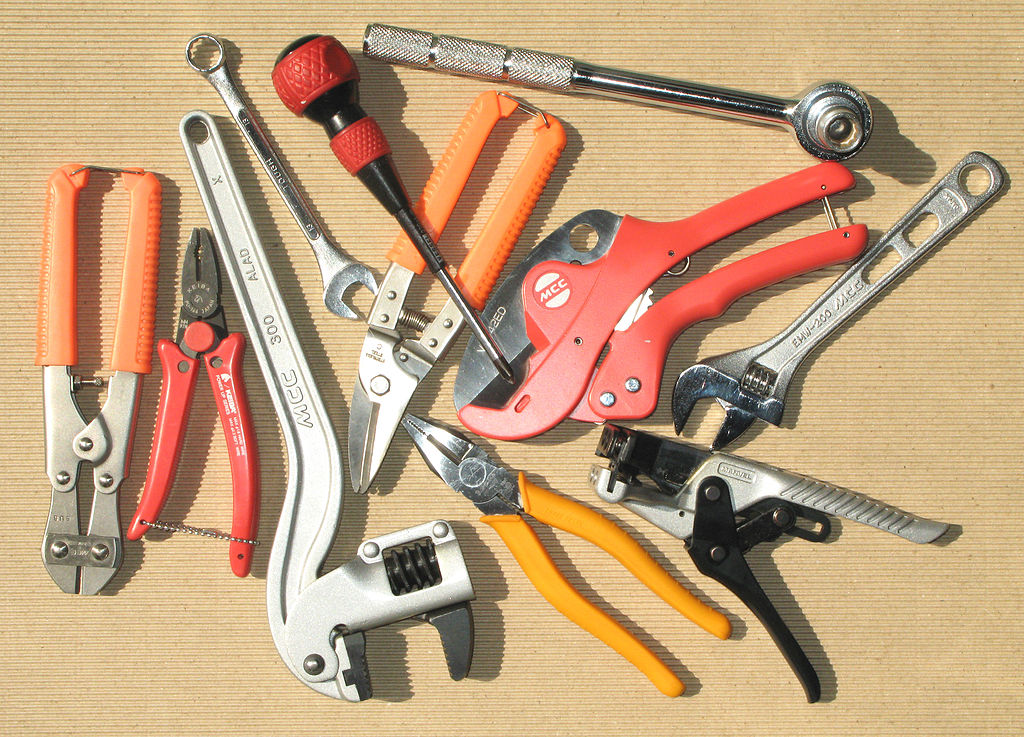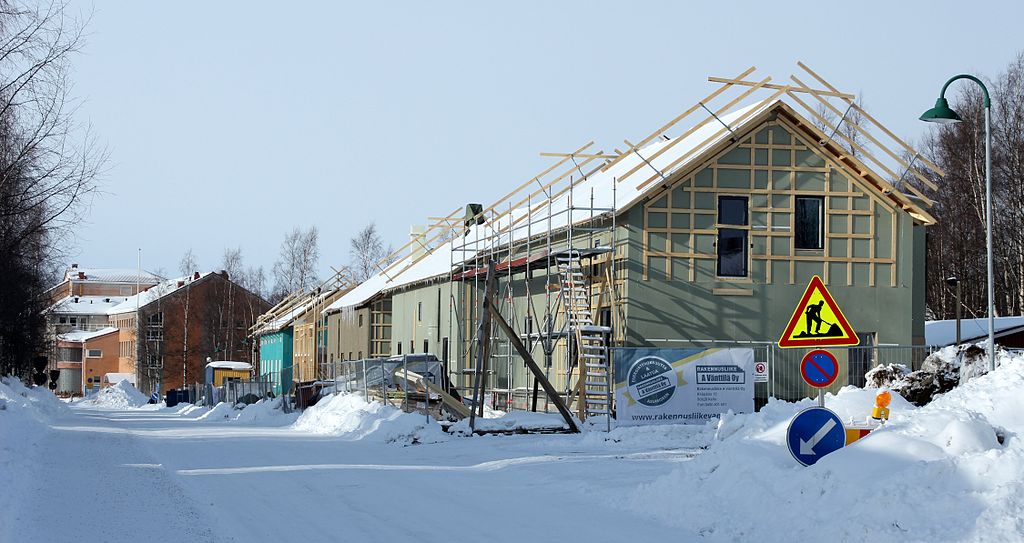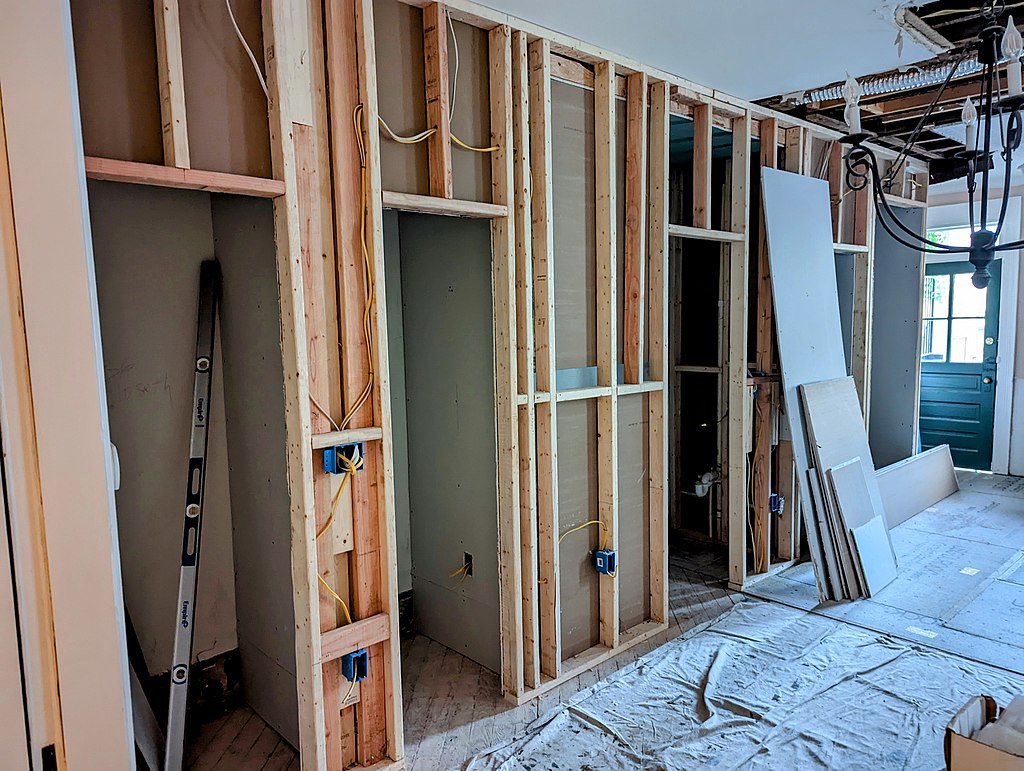Fastening is the process of joining two objects together, but you may also need to fasten items in order to seal a gap or insulate materials. Virtually every construction project utilizes some form of fastening, and this means that fastening tools are needed for just about every construction job. There are a lot of available options when it comes to these tools, but choosing proper fastening tools depends on the task as well as the size and scope of the job.
Below is a list of some common fastening tools to help you choose the proper solution the next time you find yourself needing to fasten two objects together:
Vices And Clamps
Vices and clamps are two of the simplest forms of fastening tools. These tools work by applying pressure on two opposite ends of an object or objects to hold things in place. Some vices and clamps lock in place once the proper amount of pressure has been applied. Others are adjustable so that pressure is applied in small increments and can be changed as needed. A trigger clamp is an example of a fastener that uses incremental pressure as these tools slowly adjust through a trigger mechanism to advance the jaws of the clamp one increment at a time.
In general, vices and clamps are not meant to be permanent fasteners. They are usually only for temporary fastening when a construction task calls for a secure hold. One way that a vice can be used is to hold a piece of material in place while you manipulate it. Also, a vice may be used to fasten together two pieces of material that are being joined using adhesive. Rather than holding the two pieces of material together by hand for hours or days, you can apply adhesive to two opposing sides of two pieces of material, place the two pieces in a vice, set the proper amount of pressure and then leave the pieces to bond to one another. The vice provides a secure hold while applying the right amount of consistent pressure while the adhesive cures.
Hand Fastener Tools
Hand fastener tools, including screwdrivers, hammers and torque wrenches, are often used when precision is required for fastening two items together. These types of tools are effective for detail-oriented tasks in tight spaces. The downside of using hand fastener tools is that they work more slowly than power tools. It’s usually best to use hand fastener tools when you only have a small amount of fastening tasks to complete across a limited area.
Another consideration when using hand tools to fasten objects together is the amount of pressure that needs to be exerted upon the materials being joined. Hand tools are designed to take advantage of physics principles like leverage, but some jobs, including metal riveting, will require a great deal of pressure in order to complete the task. Even someone with a lot of strength will not be able to complete all fastening jobs using hand tools. In these cases, power fasteners may be needed.
Power Fastener Tools
Power fasteners function like their hand-tool counterparts, but they often work faster and with more power. Additionally, power fasteners can be used to do some jobs that hand tools can’t handle. A power riveter, for instance, is an example of a fastening tool that can do the job that hand riveter tools cannot do like fastening rivets to thick metal. Power fasteners may not be the best choice for jobs that call for precision, but this depends on the task and the amount of precision required.
Electric nail guns, screwdrivers, hammer tackers and glue guns are other examples of power fasteners. These tools have hand-tool equivalents, but the powered version tends to work more efficiently. This makes electric fasteners a better choice for large-volume construction projects where the same steps need to be repeated over and over across a large area or within a short amount of time.


